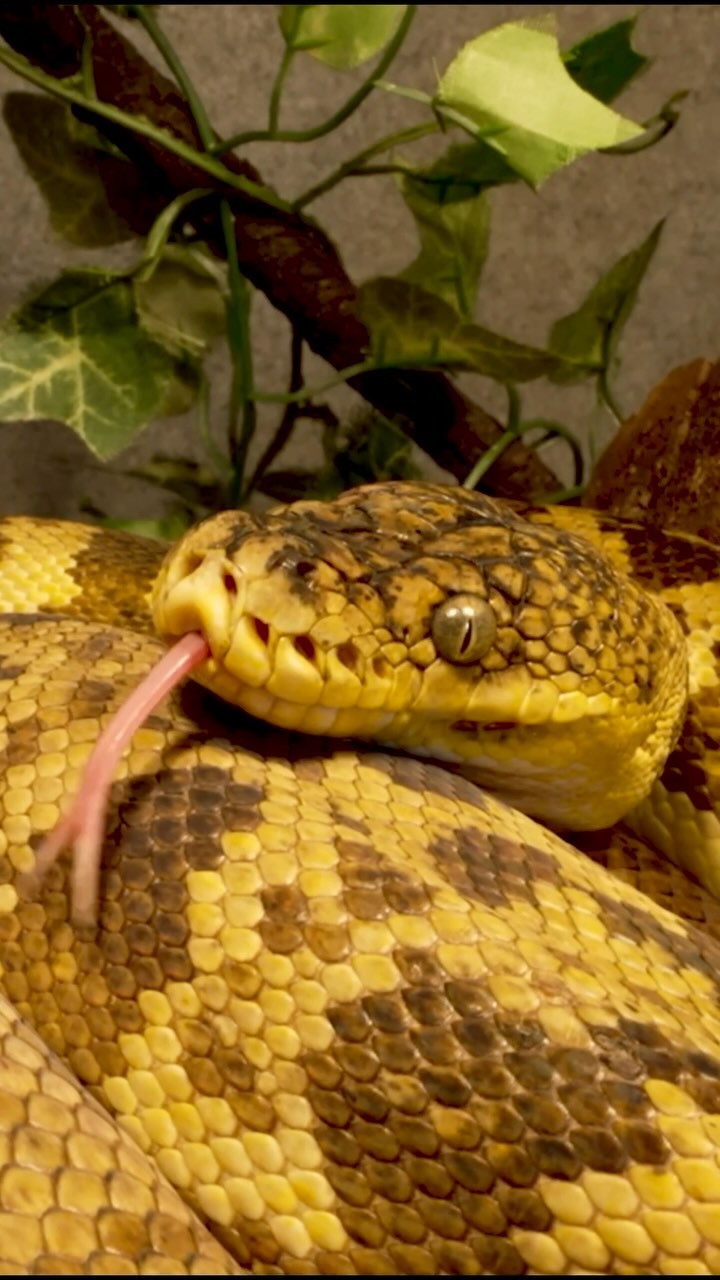- Understanding the critical role of snakes in ecosystems and their conservation importance.
- The challenges and strategies in zoo management for maintaining healthy snake populations.
- Overview of snake species with a focus on their biological diversity and adaptability.
- Best practices in wildlife conservation efforts to protect snake habitats and populations.
- The educational and public engagement potential of snakes in zoos and wildlife preserves.
Snakes, often misunderstood and unjustly feared, play a crucial role in maintaining the balance of ecosystems. Their ecological significance extends far beyond their simple classification as reptiles. As predators, snakes help control populations of rodents and other small mammals, which can become agricultural pests if left unchecked. This predation keeps a balance, preventing the overpopulation of certain species that could lead to crop damage and financial loss in agriculture. Furthermore, snakes serve as prey for a variety of birds and mammals, integrating into the food web and supporting biodiversity.
In the realm of conservation, the focus on snakes has often been overshadowed by more charismatic species such as tigers and elephants. However, recognizing their importance, many conservationists are now advocating for the protection of snake habitats. Deforestation, urban development, and climate change threaten these habitats, leading to a decline in snake populations. Conservation strategies increasingly include habitat restoration, legal protection, and community education to mitigate human-snake conflicts. Engaging local communities in conservation efforts is critical, as it fosters coexistence and promotes sustainable practices that benefit both people and wildlife.
Zoo management plays a pivotal role in both the conservation and education of snake species. Modern zoos are shifting from mere exhibition to centers of conservation and research. Proper husbandry practices, such as climate control, diet regulation, and enrichment activities, are essential for maintaining the health and well-being of captive snakes. Zoos also serve as genetic reservoirs for endangered species, safeguarding genetic diversity through captive breeding programs. These efforts are integral to species reintroduction projects, which aim to bolster wild populations and restore ecological balance.
The biological diversity among snake species is astounding, with over 3,000 species adapted to a wide range of environments across the globe. From the aquatic anacondas to the desert-dwelling sidewinders, snakes exhibit remarkable adaptability. This adaptability is attributed to their physiological and behavioral characteristics, such as their ability to regulate body temperature, efficient locomotion in varied terrains, and diverse hunting strategies. The color variation and camouflage techniques they use for hunting and evading predators also highlight the evolutionary ingenuity of snakes.
Conserving snake populations requires dedication to preserving their natural habitats and addressing threats such as illegal wildlife trade. Habitat loss due to agriculture and urban development is one of the most significant challenges. Wildlife corridors and protected areas are effective strategies for habitat conservation, ensuring snakes have safe environments to thrive. Collaborative efforts with governments and international organizations can strengthen these initiatives, providing legal frameworks and financial resources.
Additionally, public education and engagement are vital components of successful conservation strategies. Zoos and wildlife preserves offer a unique platform to educate the public about snakes, dispelling myths and promoting a positive image. Interactive exhibits and informative programs can change public perceptions, transforming fear into curiosity and respect. Educating the public about the ecological benefits of snakes can lead to greater support for conservation initiatives, fostering a society more inclined to protect these vital creatures.
Overall, the conservation of snakes is essential not only for ecological balance but also for maintaining biodiversity. Through effective zoo management and educated conservation efforts, we can work towards a future where snakes are appreciated for their ecological contributions and conserved for future generations. While we continue to face challenges in conserving these indispensable reptiles, the concerted efforts of conservationists, zookeepers, and the public can create a world where snakes are valued as integral components of the natural environment.
*****
Source Description
🐍🐍🐍


